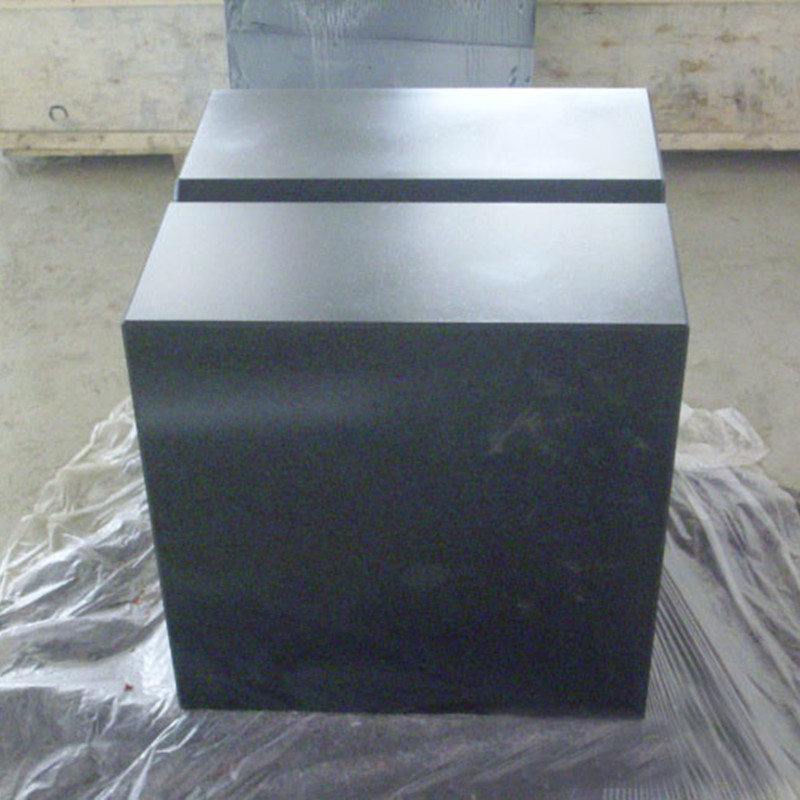ធ្នូ . 12, 2024 11:38 Back to list
butterfly valve on off
Understanding Butterfly Valves The On/Off Control Mechanism
Butterfly valves are a type of flow control device that plays a crucial role in various industrial applications, including water treatment, chemical processing, and HVAC systems. They are known for their simple design, quick operation, and effective control of fluid flow. In this article, we will explore the function and importance of butterfly valves, particularly focusing on their on/off capabilities.
What is a Butterfly Valve?
A butterfly valve consists of a circular disc or vane that rotates about a central axis to control fluid flow. The design is relatively straightforward yet highly effective, making it a popular choice in many industries. The valve body is typically a short cylindrical piece with flanged ends that connect to piping systems. The disc is mounted on a shaft, which is turned 90 degrees to either open or close the valve.
Operation Mechanism
The operation of a butterfly valve is quite intuitive. When the valve is in the open position, the disc is parallel to the flow of fluid, allowing it to pass through with minimal resistance. Conversely, when turned to the closed position, the disc is perpendicular to the flow, effectively obstructing it. This simple rotational motion provides rapid actuation, enabling quick on/off control suitable for various applications.
Advantages of Butterfly Valves
1. Space Efficiency One of the key benefits of butterfly valves is their compact design. They require less space compared to other valve types, such as gate or globe valves, which makes them ideal for installations with limited space.
butterfly valve on off

2. Low Pressure Drop Butterfly valves exhibit a lower pressure drop across the valve when fully opened compared to other types of valves. This characteristic contributes to energy efficiency in fluid transportation systems.
3. Rapid Operation The quick operation of butterfly valves facilitates efficient control in systems where immediate response times are crucial. Whether in emergency shutdown scenarios or routine operations, the ability to switch from open to closed in a matter of seconds is invaluable.
4. Versatility These valves can handle a variety of fluids, including gases, liquids, and slurries, making them versatile tools in numerous applications ranging from HVAC systems to wastewater treatment facilities.
Applications of Butterfly Valves
Due to their adaptability and efficiency, butterfly valves are widely used across different sectors. In the water treatment industry, they help regulate the flow of water to ensure optimal treatment processes. In chemical processing, they control the flow of various chemicals, ensuring safety and compliance with environmental regulations. Additionally, in HVAC applications, they play a vital role in managing airflow and maintaining temperature control in buildings.
Conclusion
Butterfly valves are essential components in modern industrial applications, primarily due to their effective on/off control capabilities. Their compact design, lower pressure drop, and rapid operation make them ideal for a wide range of fluid control tasks. As industries continue to evolve and demand more efficient flow control solutions, butterfly valves will undoubtedly remain a staple in the toolbox of engineers and operators alike.
In summary, understanding the function and advantages of butterfly valves equips us with the knowledge to appreciate their role in maintaining fluid dynamics across various systems. As we continue to innovate and seek better efficiency in our processes, butterfly valves will continue to be a reliable choice for on/off flow control across diverse applications.
-
Thread Plug Gauge Requires Careful HandlingNewsJul.29,2025
-
Surface plate calibrationNewsJul.29,2025
-
Ring Gauge Ensures Machining AccuracyNewsJul.29,2025
-
Pad Iron Reinforces Anchor PointsNewsJul.29,2025
-
Ground anchor stabilizes embankmentsNewsJul.29,2025
-
Granite Box Maintains Precision FlatnessNewsJul.29,2025
Related PRODUCTS









